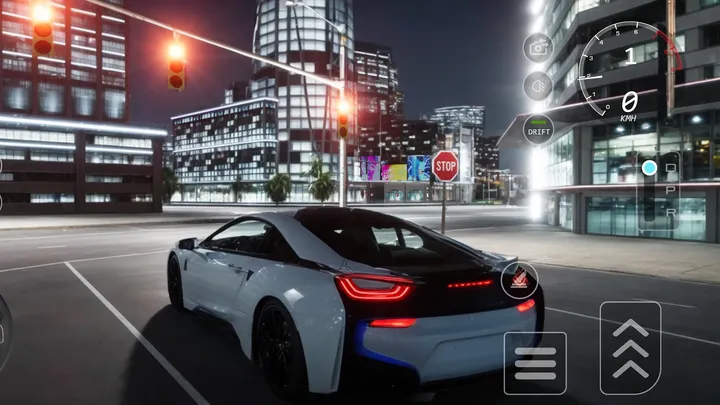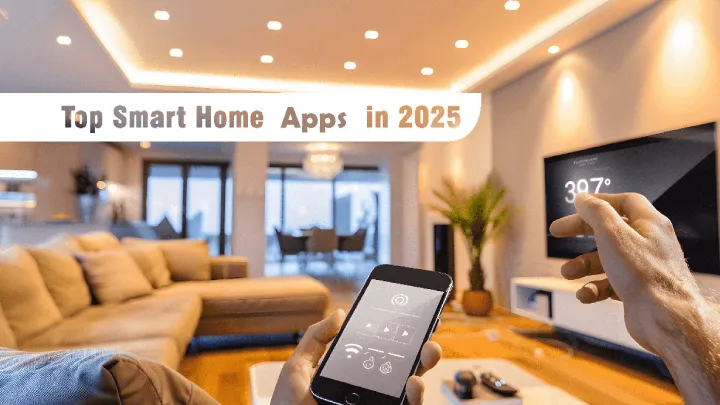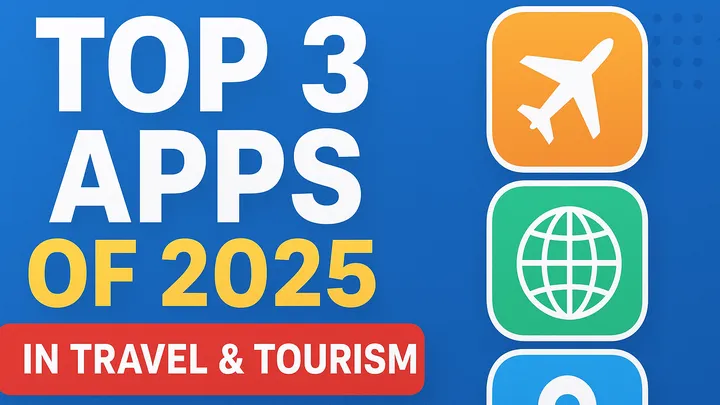Smart homes have evolved dramatically over the past decade. What started as a handful of Wi-Fi-enabled light bulbs and smart plugs has transformed into a fully integrated ecosystem where AI-powered apps control lighting, energy use, home security, appliances, and even entertainment. By 2025, the market for smart home technology has surpassed $180 billion globally, with apps playing a central role in how homeowners interact with connected devices.
In this new era, the best smart home apps don’t just let you turn off the lights remotely—they provide predictive automation, energy efficiency insights, personalized comfort, and robust security protection. The emphasis has shifted from novelty to necessity, making smart home apps an essential tool for modern living.
This article explores the Top 10 Smart Home Apps in 2025, detailing their features, advantages, and why they stand out in a crowded market.
1. Google Home – The All-in-One Ecosystem
The Google Home app has continued to be a leader in smart home management.
Features
- Central hub for Nest devices, cameras, and thermostats.
- AI-powered routines for energy saving and security.
- Deep integration with Google Assistant for voice control.
Why It’s Essential
By 2025, Google Home offers predictive automation—anticipating user needs, such as adjusting thermostat settings based on weather forecasts or scheduling lighting when you’re away.
Pros: Seamless integration with Android ecosystem, reliable updates.
Cons: Works best within Google’s ecosystem.
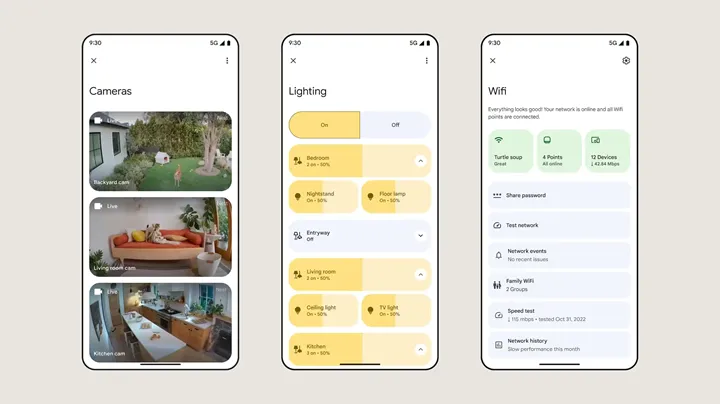
2. Amazon Alexa – Voice-First Home Management
Amazon’s Alexa app remains one of the most widely used smart home platforms.
Features
- Control of Alexa-enabled devices like Echo speakers and Ring cameras.
- AI-driven routines: e.g., dimming lights when you start a movie.
- Expanding marketplace of Alexa Skills for customization.
Why It’s Popular
Alexa’s strength lies in its voice-first interface, allowing hands-free control of virtually every connected device. In 2025, Alexa also offers personalized household profiles, recognizing voices and tailoring routines to individuals.
Pros: Massive device compatibility, strong developer ecosystem.
Cons: Privacy concerns still raised by some users.
3. Apple Home – Privacy-Focused Smart Living
Apple’s Home app, powered by HomeKit and Siri, emphasizes privacy and security.
Features
- Works with HomeKit-certified devices.
- On-device AI processing for automation.
- End-to-end encryption for video from HomeKit Secure Cameras.
Why It Matters
For families concerned about data privacy, Apple Home provides peace of mind while still delivering fluid, user-friendly automation across iPhones, iPads, and Apple Watch.
Pros: Best privacy features in the industry.
Cons: Limited to Apple-certified devices.
4. Samsung SmartThings – The Universal Connector
Samsung’s SmartThings has become the glue holding together diverse smart devices.
Features
- Supports Wi-Fi, Zigbee, and Z-Wave protocols.
- SmartThings Energy: AI insights for saving power.
- Integration with Samsung appliances and TVs.
Why It’s Unique
Unlike Apple or Google, SmartThings prides itself on cross-compatibility, making it ideal for households with a mix of device brands.
Pros: Broad compatibility, energy tracking.
Cons: Setup complexity for beginners.
5. Ring – Security at the Forefront
Ring, owned by Amazon, has expanded beyond doorbell cameras into a full-fledged home security ecosystem.
Features
- Video doorbells, alarms, and outdoor cameras.
- Real-time notifications and two-way talk.
- Neighborhood Watch app integration.
Why It’s Essential
In 2025, Ring’s app includes AI facial recognition and package detection, making deliveries safer and home entry more secure.
Pros: Strong focus on security, affordable hardware.
Cons: Works best when paired with subscription.
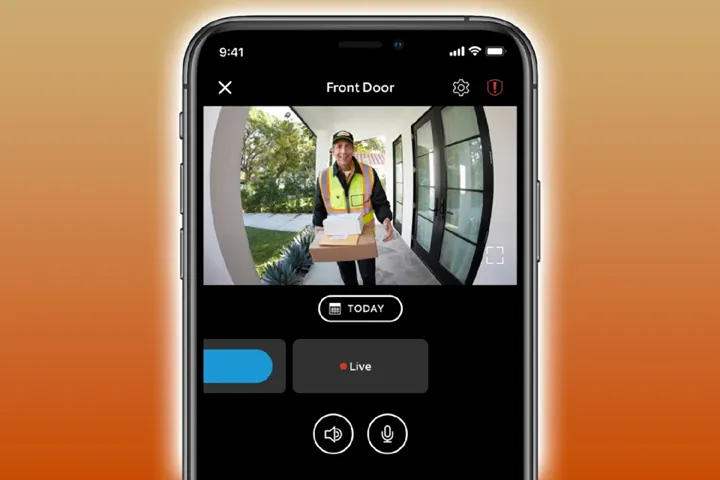
6. Philips Hue – Lighting with Personality
Philips Hue continues to dominate smart lighting with its highly customizable app.
Features
- Control of Hue bulbs, strips, and lamps.
- Sync with music, movies, and games.
- AI-powered lighting scenes for mood and wellness.
Why It’s Loved
Lighting has become about more than visibility—Hue now offers circadian rhythm-based adjustments, helping users improve sleep and productivity.
Pros: Gorgeous lighting options, wellness integration.
Cons: Higher price than competitors.
7. Ecobee – Smarter Climate Control
Ecobee specializes in smart thermostats and climate management.
Features
- AI-driven temperature regulation.
- Energy usage reports and savings insights.
- Remote sensors for room-by-room comfort.
Why It’s Popular
In 2025, Ecobee integrates with renewable energy providers, allowing homeowners to opt for green power usage when available.
Pros: Great energy savings, eco-friendly.
Cons: Focused mostly on climate rather than whole-home control.
8. Arlo – Advanced Home Surveillance
Arlo offers a premium security camera ecosystem for homes.
Features
- 4K and AI-powered security cameras.
- Object recognition: humans, pets, vehicles.
- Smart sirens and emergency calling integration.
Why It Stands Out
Arlo’s app now offers real-time monitoring with AI incident reports, ensuring security without false alarms.
Pros: High-quality video, strong security.
Cons: Higher subscription cost for premium features.
9. Wyze – Affordable Smart Home for Everyone
Wyze has carved out a niche by providing budget-friendly smart home solutions.
Features
- Cameras, bulbs, sensors, locks—all controlled via app.
- AI motion detection and smart routines.
- Affordable subscription plans.
Why It Works
In 2025, Wyze remains the go-to choice for affordable but reliable smart home features for first-time adopters.
Pros: Extremely cost-effective, wide range of devices.
Cons: Less robust than premium brands.
10. Vivint – Professional-Grade Smart Home Management
Vivint combines smart home automation with professional monitoring services.
Features
- Integrated security, lighting, and climate control.
- 24/7 monitoring via the Vivint app.
- Smart driveways and garage monitoring.
Why It’s Powerful
Vivint caters to those who want professional-grade solutions with a single app managing the entire household ecosystem.
Pros: Full-service home automation + monitoring.
Cons: Higher upfront cost and contracts.
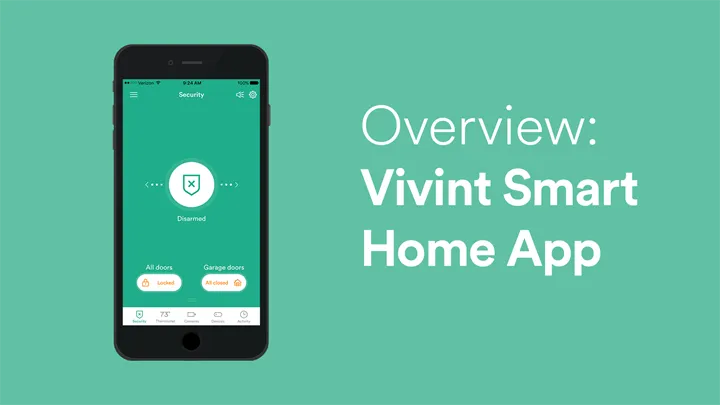
Conclusion
By 2025, smart home apps have evolved from simple remote controls into intelligent ecosystems that anticipate user needs, enhance security, save energy, and create personalized living experiences.
From Google Home’s predictive AI to Apple Home’s privacy-first approach, from Ring’s advanced security to Wyze’s affordability, each app caters to different lifestyles and priorities. As technology progresses, the future of smart homes will likely blend AI, sustainability, and deeper personalization, making homes not just connected—but truly intelligent.






